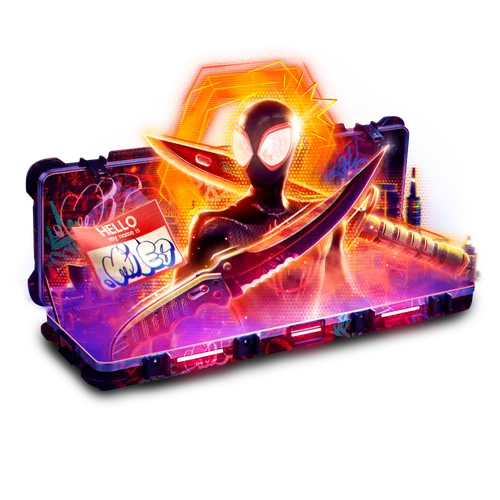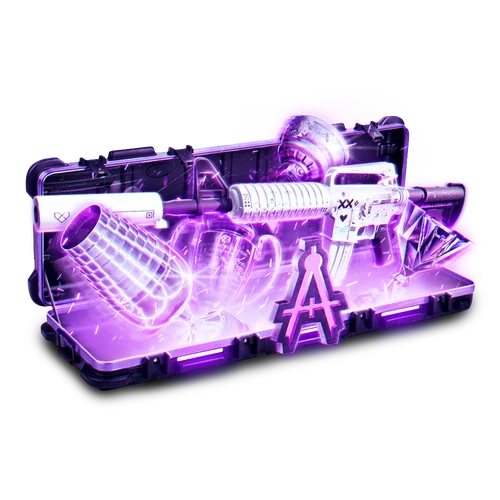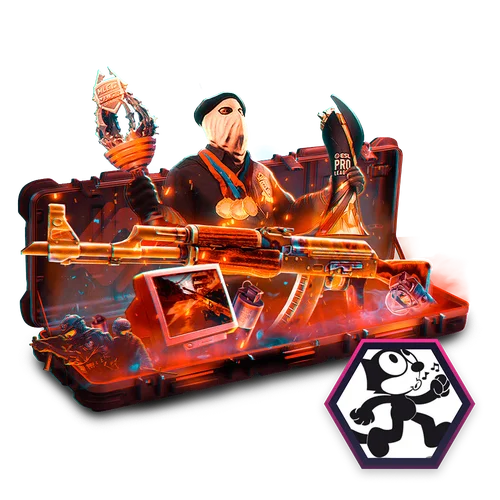In Counter-Strike 2, MR12 (Match Round 12) represents a significant departure from the familiar MR15 (Match Round 15) format that players have been accustomed to. MR12 involves teams playing a maximum of 12 rounds per half instead of the traditional 15, fundamentally altering the structure of competitive matches.
This change aims to streamline gameplay, potentially making matches more intense and strategic within a shorter time frame. The reduction in rounds could impact team strategies, economy management, and overall pacing, introducing a fresh dynamic to CS2 esports. The question of which format is better may spark debates among players and fans, as it depends on personal preferences and the desired intensity of the gaming experience.
What is MR12?
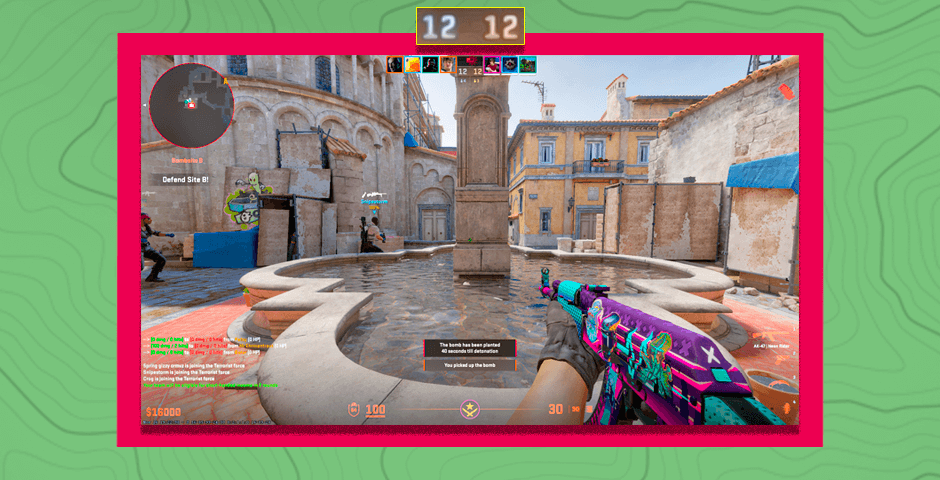
In CS2, matches have shifted to a format of up to 13 rounds, a departure from the previous standard of 16. This structure is reminiscent of Valorant’s current setup, but interestingly, it traces back to an earlier era in CS history.
MR, or max rounds, signifies the maximum number of rounds per side. CS2 has adopted the MR12 format, allowing for 12 rounds per side and requiring 13 for victory.
What are the differences between MR15 and MR12?
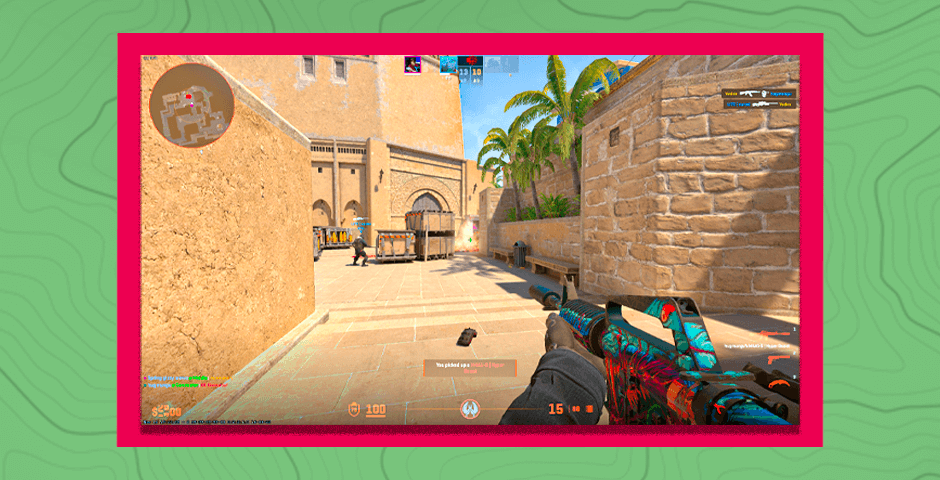
The adoption of MR12 in CS2 will have notable implications, emphasizing the significance of pistol rounds and introducing new challenges for comebacks.
- Increased Importance of Pistol Rounds. Winning the pistol round, followed by managing the opponent’s force buy and subsequent eco round, will now constitute a more substantial portion of the half. These early rounds will carry added weight, contributing significantly to a team’s overall performance.
- Revamped Economy Dynamics. Anticipate changes in the in-game economy, allowing for more frequent purchases. Monetary rewards for losing rounds may see an increase, with a potential adjustment to the overall $16,000 spending limit.
- Challenges for Comebacks. Comebacks will become more challenging, especially with the side switch triggered after a 2:10 score. Securing the pistol round gains heightened importance, as it can significantly impact the course of the game.
- Escalated Value of Each Round. The value of each round will escalate, underlining the amplified consequences of errors. Teams will need to approach each round strategically, considering the heightened stakes in the MR12 format.
Why Introduce MR12?
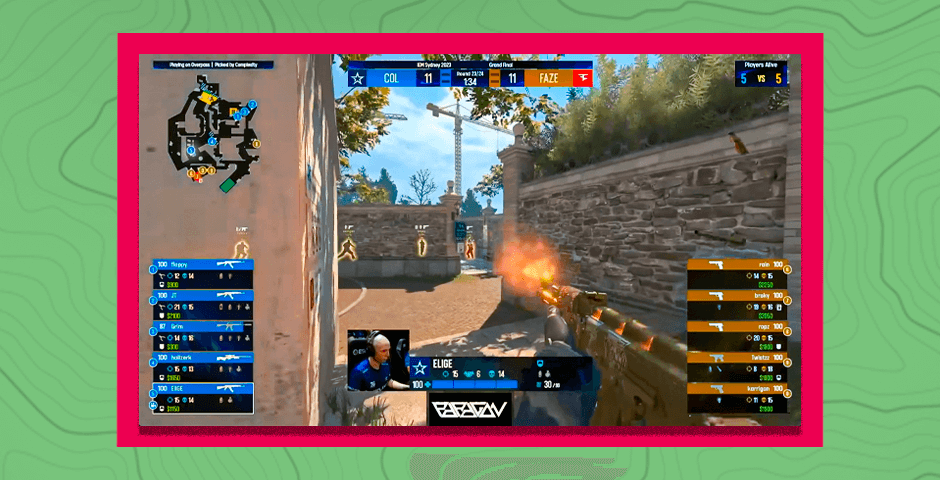
With two decades of gameplay that seemingly satisfied players, the decision to introduce MR12, or Max Rounds 12, in Counter-Strike raises questions. The game, known for its conservatism, takes a bold step in reshaping its core mechanisms, a move by Valve to redefine how CS operates.
There are various reasons behind adopting MR12.
- Firstly, it addresses esports concerns—prolonged matches, player complaints about schedules, and fatigue. Trimming the game’s duration makes sense, but the extent of change is crucial. Currently, up to 30 rounds can be played in regular time, and with MR12, this reduces by just six rounds, translating to a rough saving of 10-12 minutes. Yosip “Brcho” Brtan from HLTV analyzed the average duration of Bo3 matches at various tournaments. With MR12, the duration shortened by 25 and 41 minutes in 2:0 and 2:1 scenarios, respectively.
- The second reason involves catering to the preferences of casual players. The rising popularity of short MR8 matches in matchmaking — eight rounds per side, nine for victory — is evident. In 2023, 46.3% of MM matches were short, compared to 27.4% in 2022. MR12 aligns with the trend toward shorter matches. This transition may erase the distinction between long and short matches, posing a challenge. Short games are often for those seeking casual fun, while longer ones are for serious competition. With MR12, these distinctions blur, potentially impacting the player experience.
To perform better in new circumstances, learn what settings are used by pros.
CS2 Game Changer: Exploring the Impact of MR12 Format
In conclusion, the introduction of MR12 in CS2 represents a significant departure from the traditional MR15 format, driven by a combination of esports considerations and the evolving preferences of casual players. Valve’s decision to streamline match durations aligns with the desire to address fatigue in professional settings while catering to the rising popularity of shorter matches among casual gamers. However, this shift may also bring challenges, erasing distinctions between long and short matches, impacting player experiences. The move to MR12 reflects a nuanced attempt to balance the demands of esports and the evolving landscape of player preferences in Counter-Strike 2.































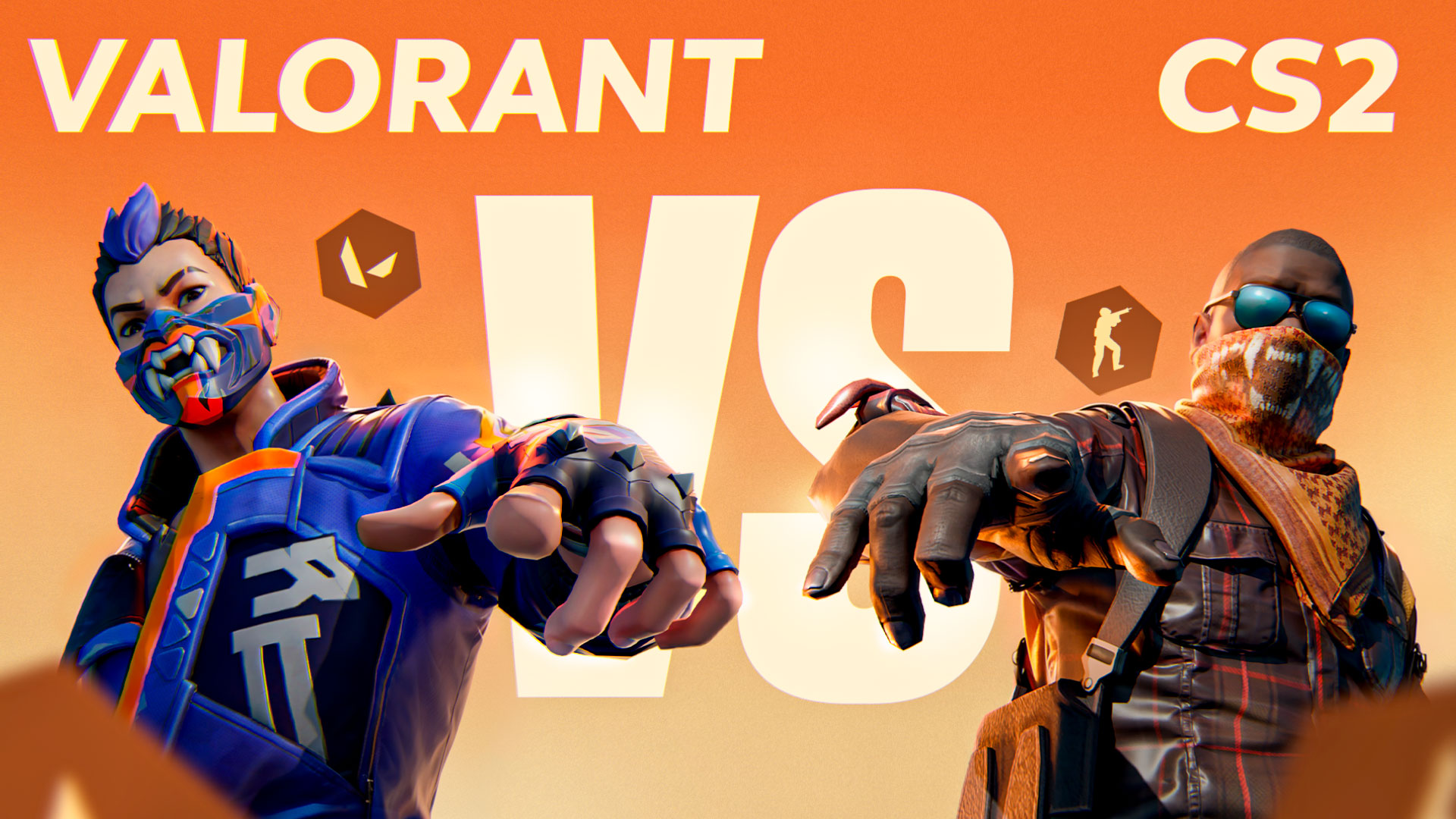
![How to Get Cases in CS2: Ultimate Guide [2024]](https://front.stage.jamson-sc.dev/community/wp-content/uploads/2024/08/Main-x-Name-32.jpg)

